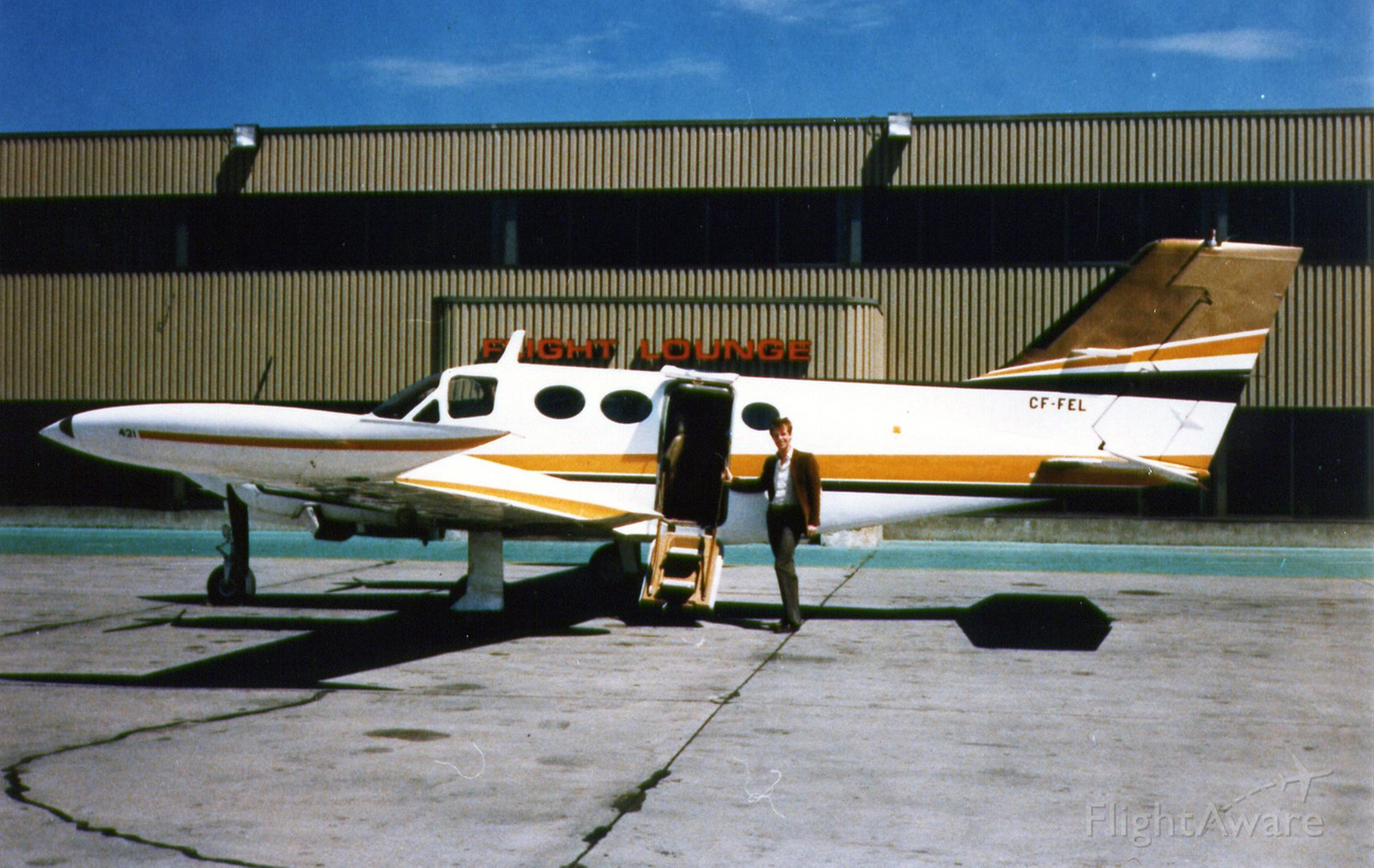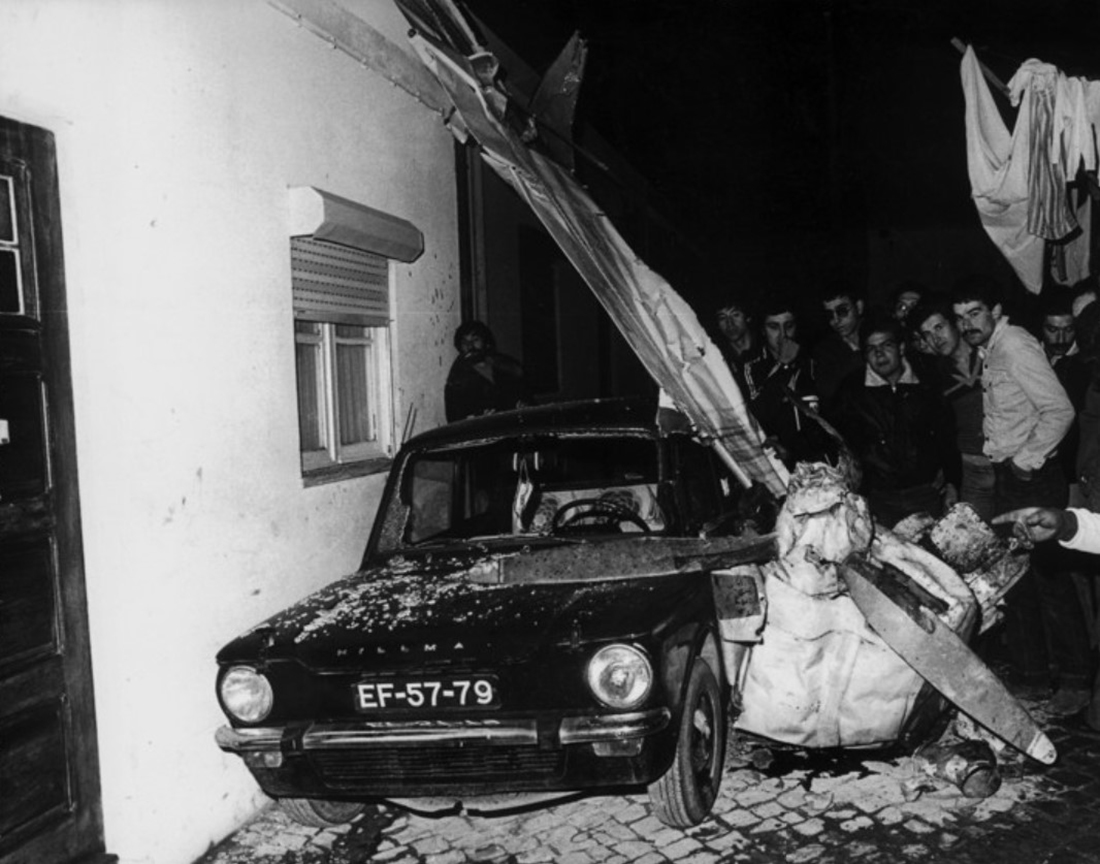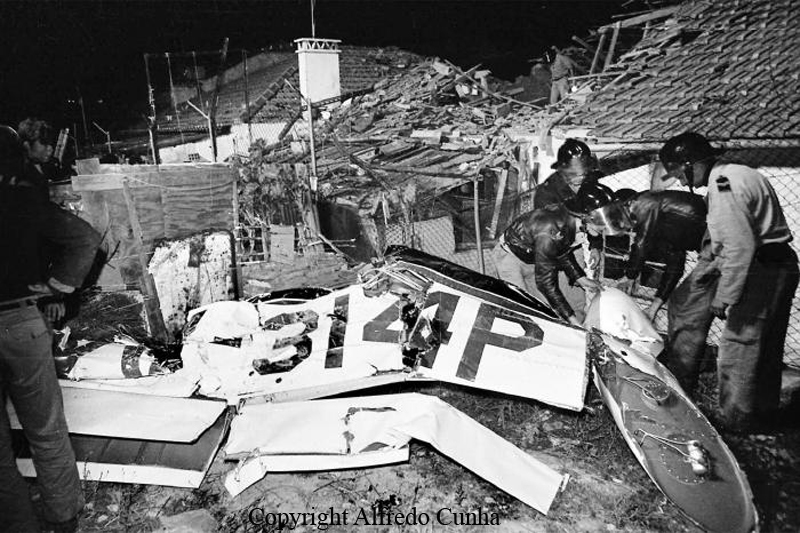Crash of a Cessna 421A Golden Eagle I in Inverness
Date & Time:
Jul 20, 1985
Registration:
C-FFEL
Survivors:
Yes
MSN:
421A-0156
YOM:
1968
Crew on board:
0
Crew fatalities:
Pax on board:
0
Pax fatalities:
Other fatalities:
Total fatalities:
0
Circumstances:
After takeoff from Inverness, NS, the aircraft suffered an engine failure. The pilot attempted an emergency landing when the aircraft crashed, bursting into flames. There were no serious injuries among the occupants but the aircraft was destroyed.
Probable cause:
Engine failure on takeoff for unknown reasons.





